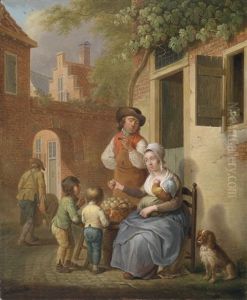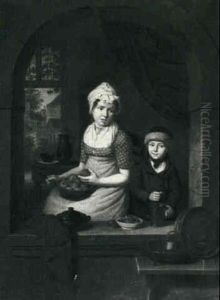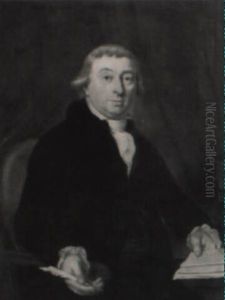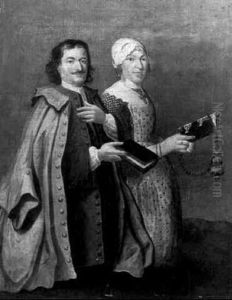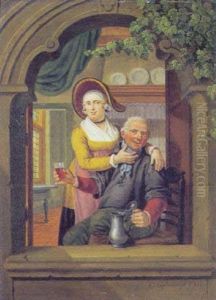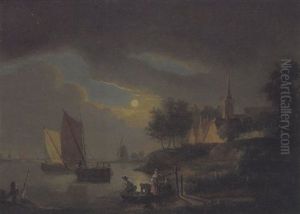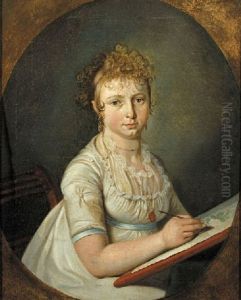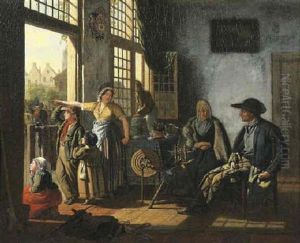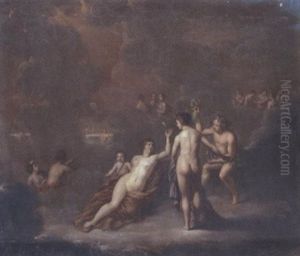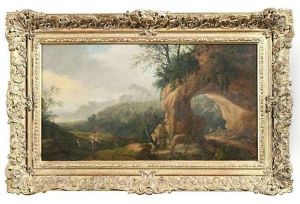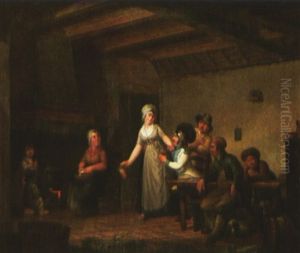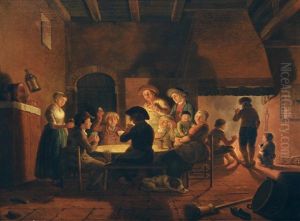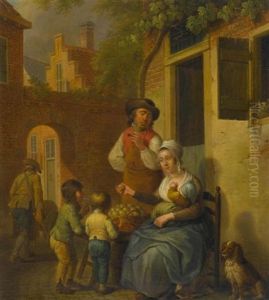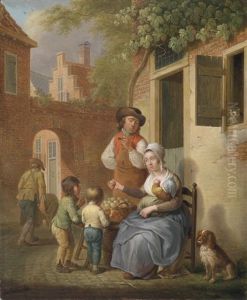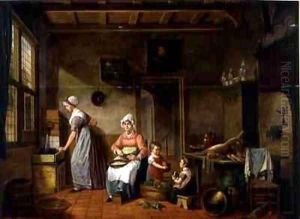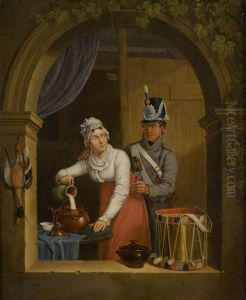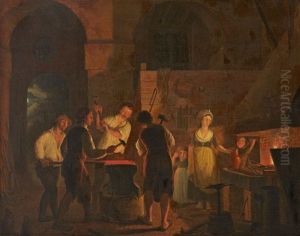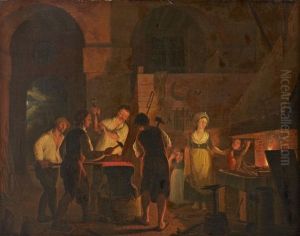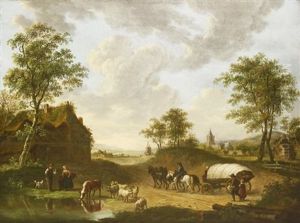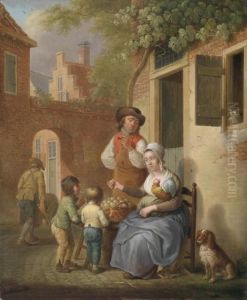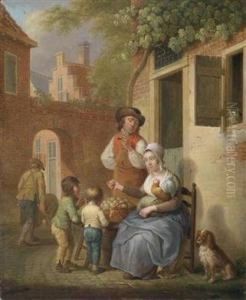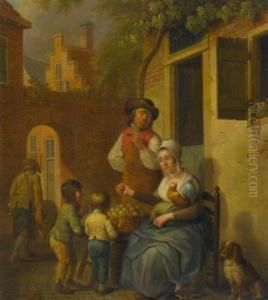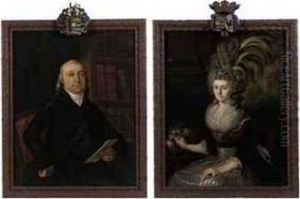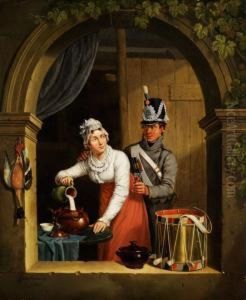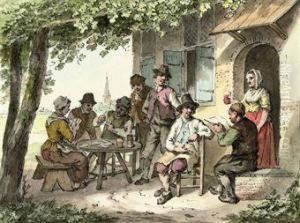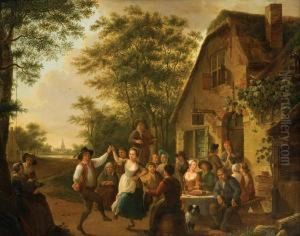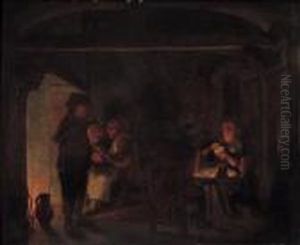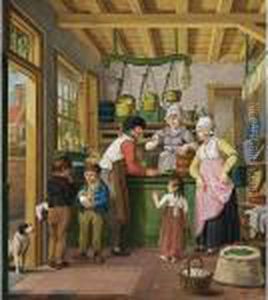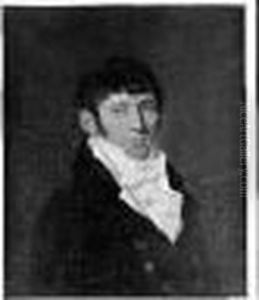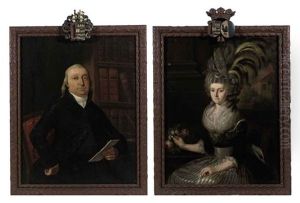Cornelis van Cuylenburg Paintings
Cornelis van Cuylenburg was a Dutch painter who lived during the 18th century. Born in 1741, he was primarily known for his portraits and historical paintings. His artistic career unfolded during a period when Dutch art was transitioning from the Baroque style that dominated the 17th century to more neoclassical influences that were becoming popular across Europe.
Cuylenburg received his artistic training in The Netherlands, which had a rich artistic heritage stemming from the Dutch Golden Age. Though not as well-known as some of his contemporaries, he contributed to the Dutch painting tradition by capturing the likenesses and sensibilities of his era.
His work reflects a meticulous attention to detail and a strong grasp of the techniques prevalent among Dutch artists of the time. He was skilled in the use of light and shadow, which added a sense of depth and realism to his portraits. Cuylenburg's historical paintings often depicted scenes from classical antiquity, biblical episodes, or events from Dutch history, reflecting the neoclassical tastes of his time.
Despite his skills, Cornelis van Cuylenburg did not achieve the same level of fame as other Dutch masters such as Rembrandt or Vermeer. Nevertheless, his paintings are appreciated by art historians and collectors for their quality and for the insight they provide into the period's aesthetics.
He lived through a turbulent period in European history, which saw the decline of the Dutch Republic, the rise of the Batavian Republic, and the influence of the French Revolution. These events inevitably affected the art market and the types of commissions available to artists like Cuylenburg.
Cornelis van Cuylenburg passed away in 1819. His works can be found in various European art collections and continue to be studied for their historical value and technical proficiency. While he may not be a household name, Cuylenburg remains a respected figure within the context of Dutch art history.
